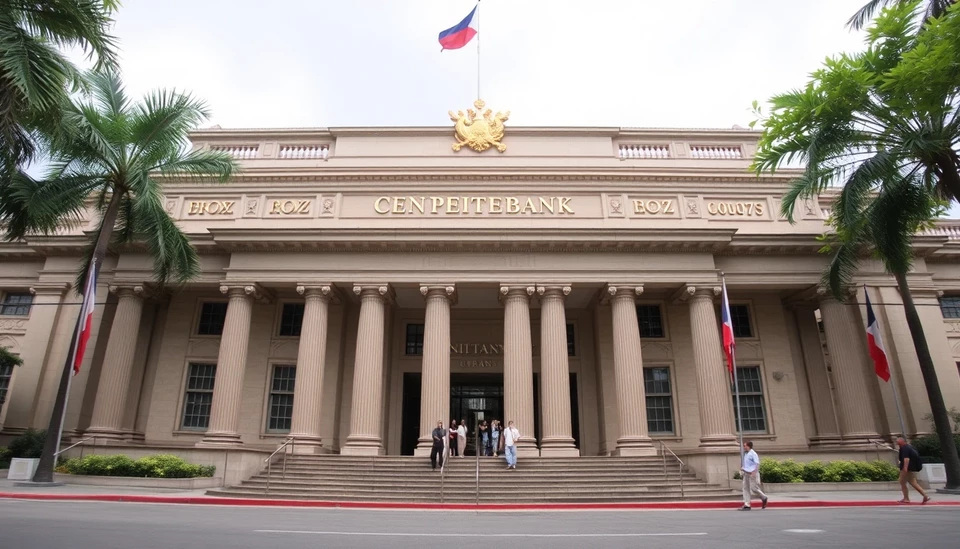
The Philippines has reported a significant alignment in its inflation rates, matching estimates that suggest a cooling economic environment. According to the latest data released by the Philippine Statistics Authority, the inflation rate for October has held steady at 6.1%, consistent with the expectations set by analysts. This development brings a sense of optimism for economic policymakers as they consider the potential for future monetary policy adjustments.
In recent months, inflationary pressures have been a major concern for the Bangko Sentral ng Pilipinas (BSP), with elevated rates impacting consumer spending and overall economic growth. The observed stabilization in inflation provides the BSP with a critical opportunity to evaluate its current stance on interest rates. The consistent inflation rate for October comes as a relief following previous fluctuations, thus allowing the central bank to deliberate the possibility of rate cuts in the upcoming monetary policy meetings.
The stability in inflation also signals that the measures taken by the BSP to manage price pressures might be yielding positive outcomes. Analysts have suggested that an anticipated reduction in interest rates could help stimulate economic activity by making borrowing cheaper for consumers and businesses. A decrease in rates could foster a more favorable environment for investments, potentially boosting consumer confidence and spending.
Additionally, the underlying factors contributing to the consistent inflation rate include a combination of stable food prices and a moderate increase in energy costs. The BSP will closely monitor these developments, as shifts in global oil prices and agricultural productivity could significantly impact future inflation trends. As global markets fluctuate, local economic conditions will also play a vital role in shaping the BSP's policy decisions.
In light of the latest inflation figures, stakeholders across various sectors are now awaiting clearer signals from the BSP. Whether the central bank will act promptly to lower rates remains a key area of focus for economists and market observers. Many expect that the BSP will prioritize economic growth while maintaining a careful watch over inflationary indicators.
As the Philippines navigates this complex economic landscape, the alignment of inflation with forecasts offers a moment of reflection for policymakers. Should inflationary pressures diminish further, it may open doors not only for rate cuts but also for enhanced economic growth strategies aimed at fostering resilience in the post-pandemic recovery phase.
Overall, the steady inflation rate seen in October serves as a reassuring indicator for economic analysts and provides a framework for upcoming BSP discussions on monetary policy and interest rates. While uncertainties remain, the alignment of inflation with expectations could signal a phase of economic adjustment and growth strategy reformulation for the archipelagic nation.
#Philippines #Inflation #EconomicPolicy #InterestRates #BangkoSentralngPilipinas #MonetaryPolicy #MarketTrends #EconomicGrowth
Author: Rachel Greene




